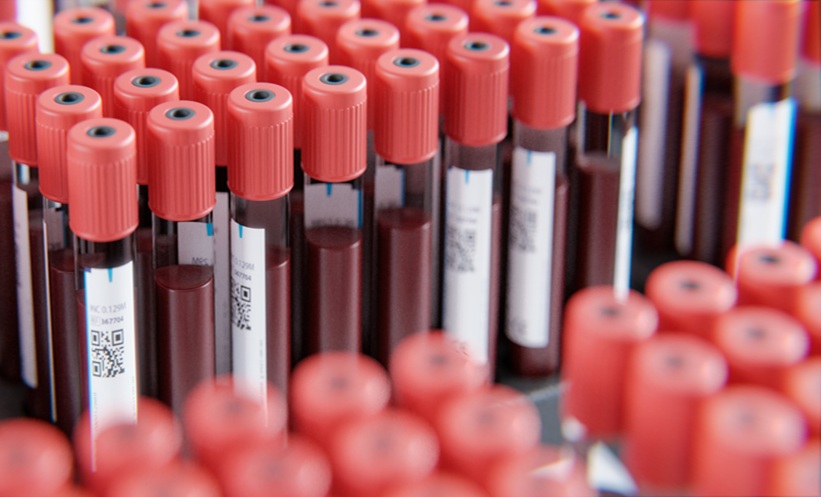NEW findings show that MRI-guided high-intensity focused ultrasound (HIFU) to deliver focal therapy could improve quality of life for patients with intermediate-risk prostate cancer.
A multicentre, single-arm, Phase IIb study to evaluate whether use of MRI-guided HIFU could delay or eliminate the need for whole-gland treatments for intermediate-risk prostate cancer has shown that this could be an effective treatment option.
The study enrolled 101 male patients aged 50 and over with a diagnosis of primary, unilateral, MRI-visible, Grade group 2 or 3, intermediate-risk adenocarcinoma of the prostate, who had not received treatment previously. To assess response, biopsies of the treated area were taken at 6- and 24-months post-treatment, and patient reported outcomes were evaluated.
Behfar Ehdaie, Memorial Sloan Kettering Cancer Center, New York City, USA, and colleagues report that of the 101 patients included, “96% had no evidence of Grade group 2 or higher prostate cancer on 6-month MRI-targeted and systematic biopsy of the treated area of the prostate gland.” They also state that 89 patients were followed up at 24 months, and 88% of these showed no evidence of Grade group 2 or higher prostate cancer in the treated area. 76% had no evidence of Grade group 2 or higher disease anywhere in the prostate at 6 months, reducing to 60% at 24 months. At the time of the 6-month biopsy, 19 of the 101 men included had a newly detected Grade group 2 or higher cancer outside of the treated area.
The team also disclosed that quality of life outcomes and functional outcomes compared “very favourably” to patient-reported outcomes from studies of whole-gland treatments such as radical prostatectomy or radiotherapy, which are “associated with substantial and persistent side-effects that impact quality of life.”
Overall satisfaction and erectile function scores were lower 24 months following MRI-guided HIFU than at baseline. In response to this, the authors commented: “Although the difference in mean erectile function scores was significant, the small difference should be interpreted across the range of the overall score and considered across the time range of 2 years, in which small decreases in erectile function score are expected without treatment, making this change statistically but not clinically significant.”
Limitations of the study include the length of follow-up, and that it was a single-arm study. The researchers stated that 24-month biopsy isn’t an adequate endpoint as metastases in intermediate-risk prostate cancer are unlikely during a 2-year period. Future studies could be followed up over a longer time period, and include control arms in order to assess whether there is clinical benefit to treating those with intermediate-risk prostate cancer with MRI-guided HIFU versus active surveillance.








